Partnered with #1 ADU Builders
Contact Golden State
Drop us a line! We look forward to discussing your next project with you!
Cut the chase! Schedule a face-to-face virtual meeting with us today to dive into your project's next steps.
For our returning clients, experience our streamlined, contact-free project proposal process. Simply fill out our short project questionnaire, and we'll deliver your project proposal within 72 hours.
Contact Us:
Follow Us:
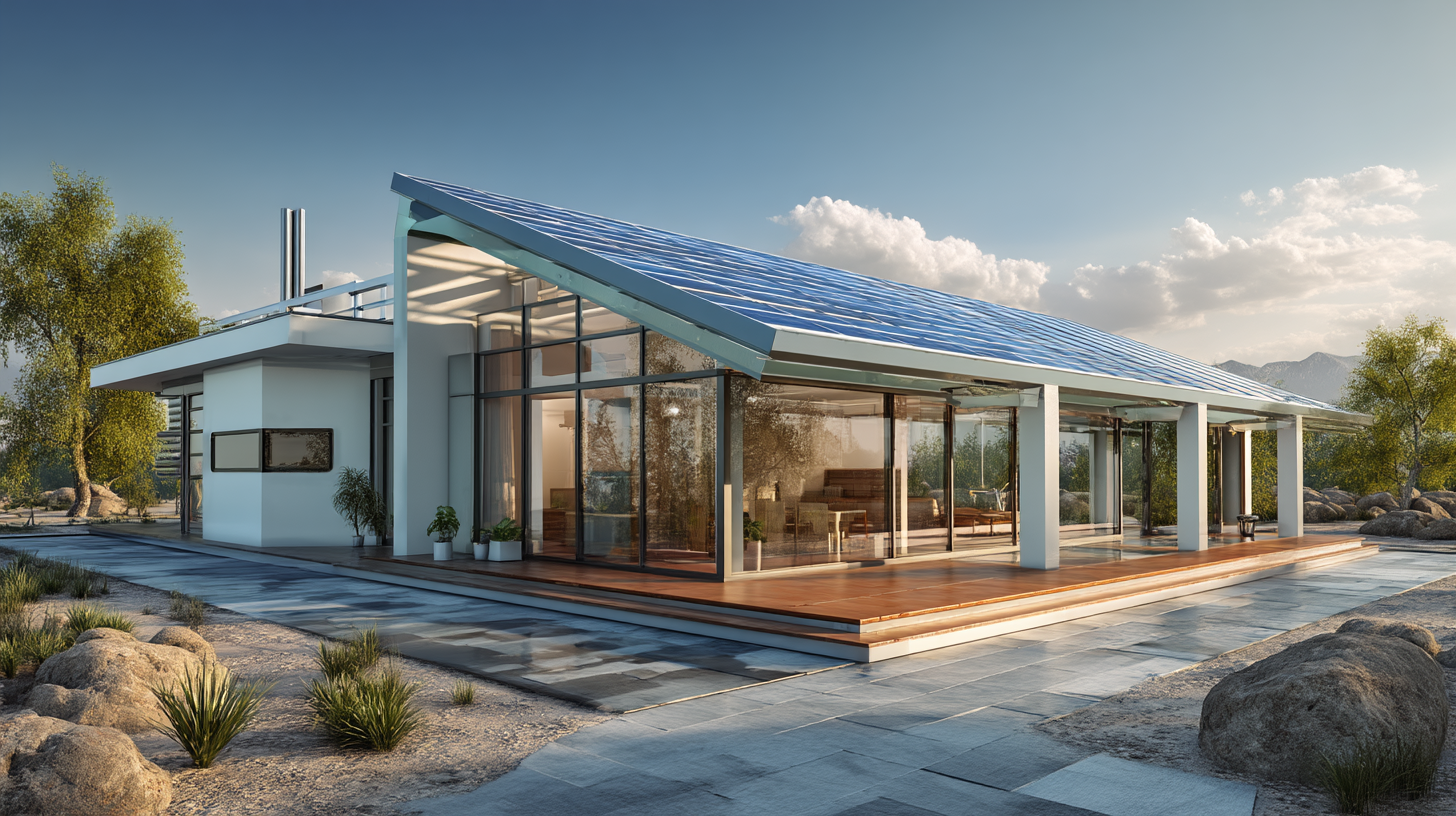
- Golden State Design & Engineering
- Comment 0
California Building Code Compliance in 2025: What Homeowners & Developers Must Know
California’s building universe is shifting, and now is the time to understand the changes. With the 2025 edition of the California Building Standards Code (Title 24) set to publish July 1, 2025 and go into effect January 1, 2026, the stakes are high for anyone designing homes, ADUs, or multifamily structures under the California building code. In this article we explore the essentials of the California Code of Regulations (CCR) Title 24, dive into the California energy code and historical building code, and show how Golden State Design & Engineering (GSDE) helps you comply without surprises.
What Is the California Building Standards Code (Title 24)?
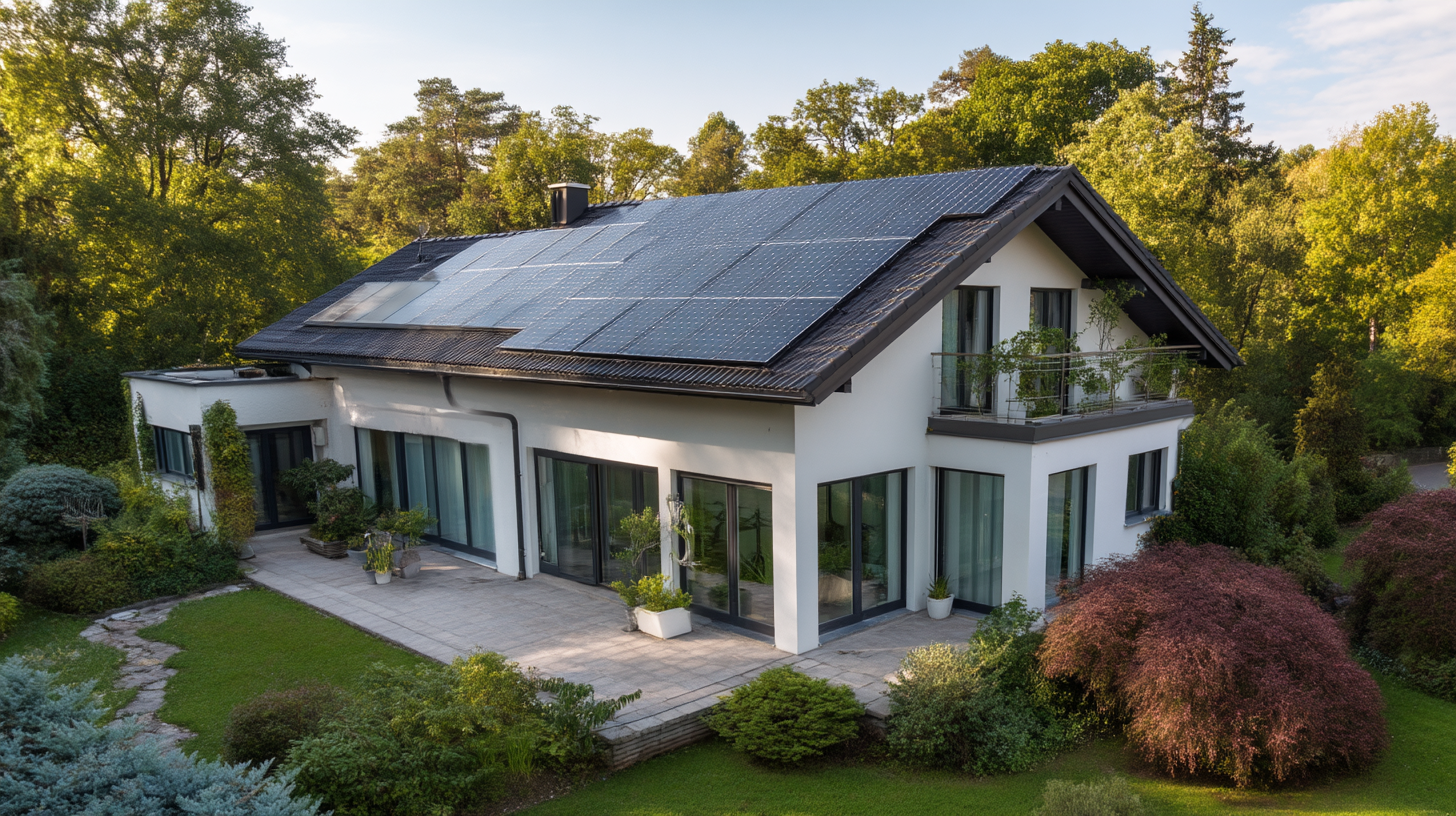
The CCR and Title 24 Context
The California Code of Regulations (CCR) comprises many titles managed by state agencies and departments. Title 24 within CCR is the California Building Standards Code. It bundles multiple discipline-specific building codes, including the California plumbing code, residential, electrical, mechanical, fire, historic, and existing building code, into one legal framework.
Every three years, a new triennial edition is published, and in between the state may issue intervening supplements or amendments. The 2022 California Building Standards Code is currently active, with effective date January 1, 2023. The 2025 Title 24 will replace that starting January 1, 2026. State law mandates these updates to ensure safety, health, and life quality in buildings.
Under Title 24 are many “parts.” The numbering includes: Part 2 (California Building Code), Part 2.5 (California Residential Code), Part 3 (California Electrical Code), Part 4 (Mechanical Code), Part 5 (California Plumbing Code), Part 6 (California Energy Code), Part 8 (California Historical Building Code), Part 9 (California Fire Code), Part 10 (California Existing Building Code), Part 11 (Green Building Standards Code / CALGreen), Part 12 (Referenced Standards).
When people say “Title 24 compliance” or “search California building codes for Title 24,” they are often referring especially to Part 6 (California Energy Code) and Part 11 (CALGreen) because those carry performance constraints and sustainability mandates.
The California fire code (Part 9) is a critical component addressing fire safety regulations to protect life and property. The code includes appendices that provide detailed guidance on fire protection measures.
Historical, Existing, and Residential Overlays
Two special parts are worth calling out:
- California Historical Building Code (Title 24, Part 8): This provides alternative regulations for qualified historical buildings to ease restoration, preservation, or adaptive reuse. Local jurisdictions and city governments may reference it or adopt local ordinances integrating it.
- California Existing Building Code (Part 10): Governs repair, additions, alterations, or change of occupancy in existing buildings. It also integrates historical code provisions for qualified historical structures. Many retrofit or adaptive reuse projects fall under this.
In residential settings, California Residential Code (CRC / Part 2.5) handles one- and two-family dwellings in combination with building, plumbing, mechanical, and electrical parts.
In summary, the “California building code” refers broadly to Title 24, and compliance means satisfying the applicable parts (building, energy, mechanical, electrical, plumbing, fire, historic, existing) depending on project scope.
For those looking to navigate the complexity of Title 24, matrix adoption tables are available on government websites to help track code versions, supplements, and local amendments. These resources often include interactive features such as arrow slideshow or right slideshow navigation tools to help users explore detailed code sections and appendices.
What Changes Are Coming in the 2025 Adopted Code?
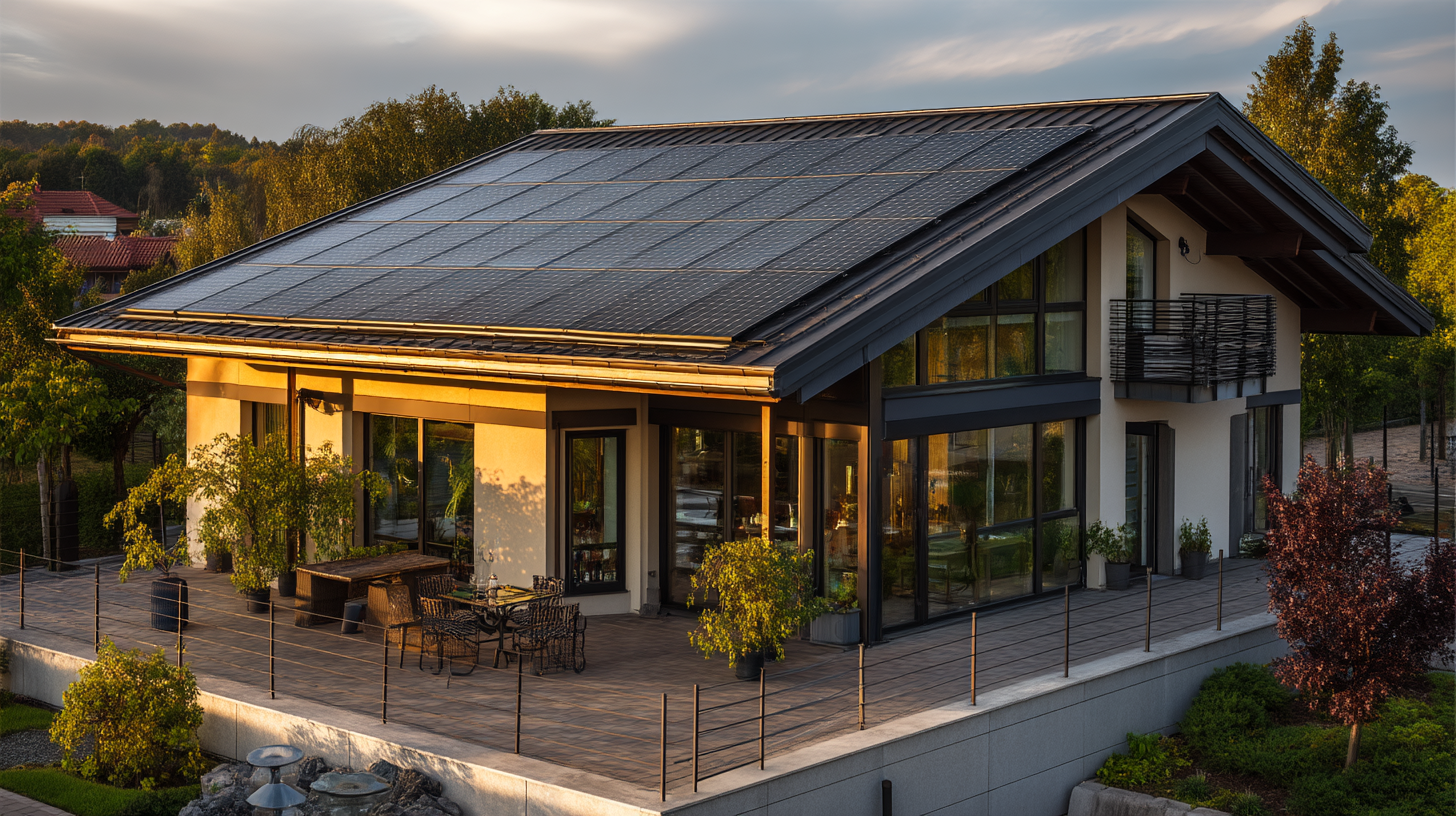
Adoption Timeline & Effective Date
The 2025 Title 24 will be published July 1, 2025, with an effective date of January 1, 2026. Local jurisdictions must adopt the 2025 California Building Standards Code by that date. Until then, the 2022 California Building Standards Code (Title 24) remains in effect.
Because of that, projects submitted before January 1, 2026 may still follow 2022 rules, depending on the jurisdiction, but many designers are considering designing to 2025 early to future-proof.
Energy Code / California Energy Code Updates (Title 24 Part 6)
Among the most impactful changes is in the California Energy Code, which is often colloquially referred to as “Title 24 energy” or simply “the energy code.”
Key enhancements for the 2025 edition:
- Stricter building envelope requirements: higher insulation, tighter envelope performance.
- Tighter fenestration limits (U-factor, SHGC) and new mandatory thresholds on vertical fenestration.
- More rigorous mechanical system efficiencies, duct leakage requirements, and ventilation rules.
- Expanded photovoltaic (PV) and battery readiness or integration mandates, especially in single family and low-rise multifamily.
- A shift in compliance evaluation toward time-dependent valuation or cost effectiveness modeling, penalizing peak demand imbalance.
The 2025 energy code is expected to be roughly 30% more restrictive than 2022 in some measures.
CALGreen (Green Building Standards) & Sustainability
The California Green Building Standards Code (CALGreen, Part 11) is the state’s mandated green component within Title 24. The 2025 cycle strengthens CALGreen’s oversight of water use, electrification, material efficiency, indoor environmental quality, and embodied carbon.
The new code provides more explicit requirements for electric-readiness (e.g. wiring, branch circuits), tougher limits on VOCs and ventilation, and encourages low-carbon materials.
Historical & Existing Building Code Changes
Under California Historical Building Code (Part 8), qualified historical structures can access alternative compliance paths for restoration and adaptation.
The California Existing Building Code (Part 10) is being revised in the 2025 edition to provide more flexibility. It now incorporates multiple compliance paths (prescriptive, work area, performance) similar to the International Existing Building Code (IEBC). This change helps make adaptive reuse or retrofit projects more feasible under the California code.
What the 2025 Code Means for Your Projects
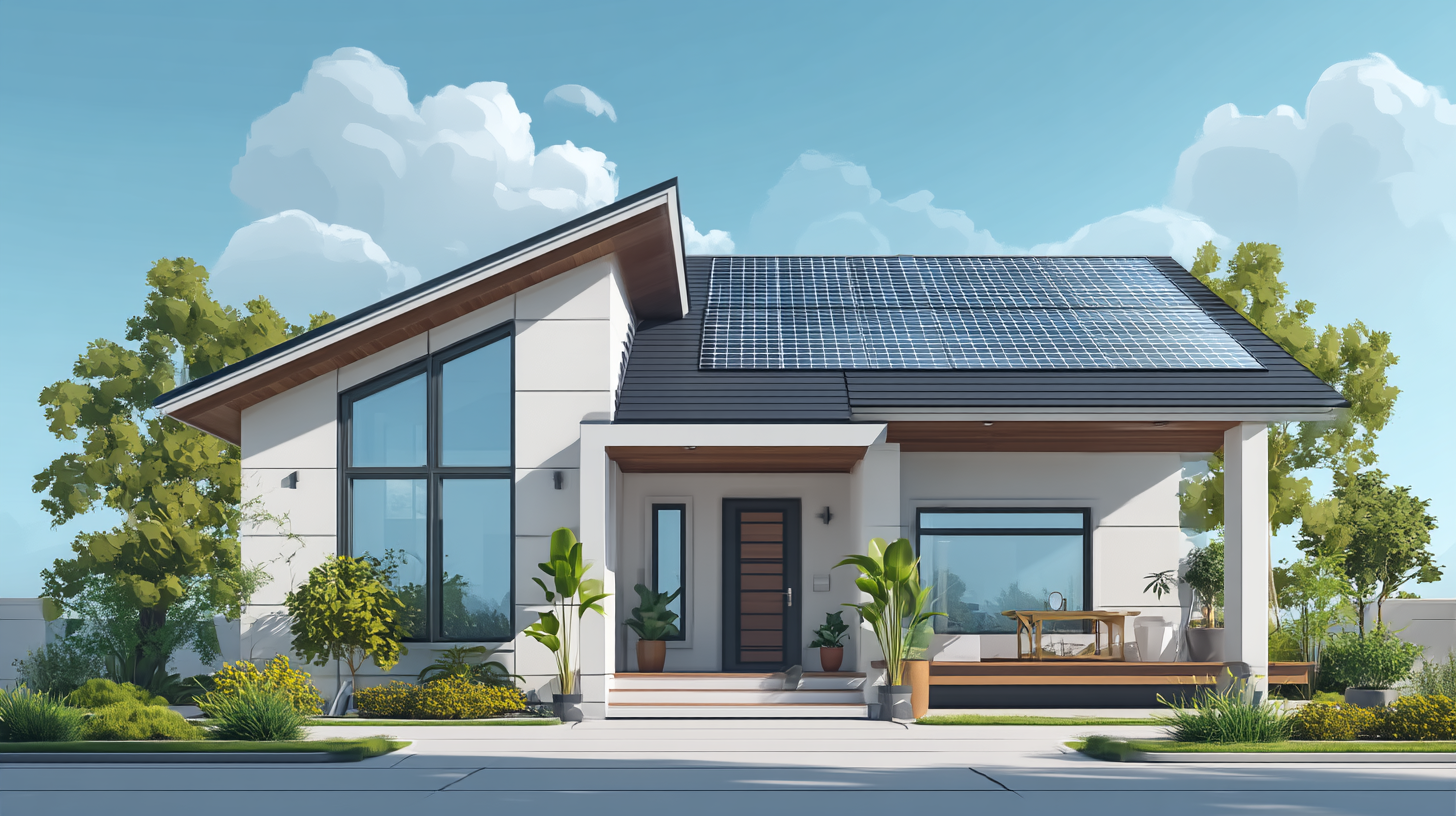
New Homes & Custom Construction
If you’re designing a new custom home or full new build, the impact is direct:
- Envelope assembly, orientation, window choices, shading, and insulation strategies matter more than ever.
- Mechanical and solar systems must be integrated early to hit energy targets under the 2025 California Energy Code.
- Electrical panel, conduit, and branch circuit design for EV and battery may need extra capacity.
- Efficiency trade-offs must be evaluated using performance modeling rather than relying solely on prescriptive checklists.
ADUs, Additions & Remodels
Accessory dwelling units and home additions often trigger Title 24, especially when system upgrades or envelope changes exceed thresholds.
- In many cases, you’ll have to comply with California Residential Code plus energy and mechanical portions of Title 24.
- If more than 50% of a system (say HVAC or envelope) is altered, full compliance can be triggered.
- In older homes, you may also invoke the California Existing Building Code for portions to remain in character, particularly if you’re rehabilitating rather than full rebuild.
Multifamily, Townhomes & Shared Systems
Multifamily and townhome developments pose more complexity because of shared walls, common systems, parking, and site constraints.
- Shared mechanical or electrical systems must jointly satisfy energy code.
- EV readiness and charging requirements affect parking design, conduit routing, and panel capacity.
- Performance methodology may dominate rather than prescriptive pathways.
- You may also have to consider CALGreen, plumbing, fire, and accessibility overlays.
How GSDE Helps You Navigate Code Complexity
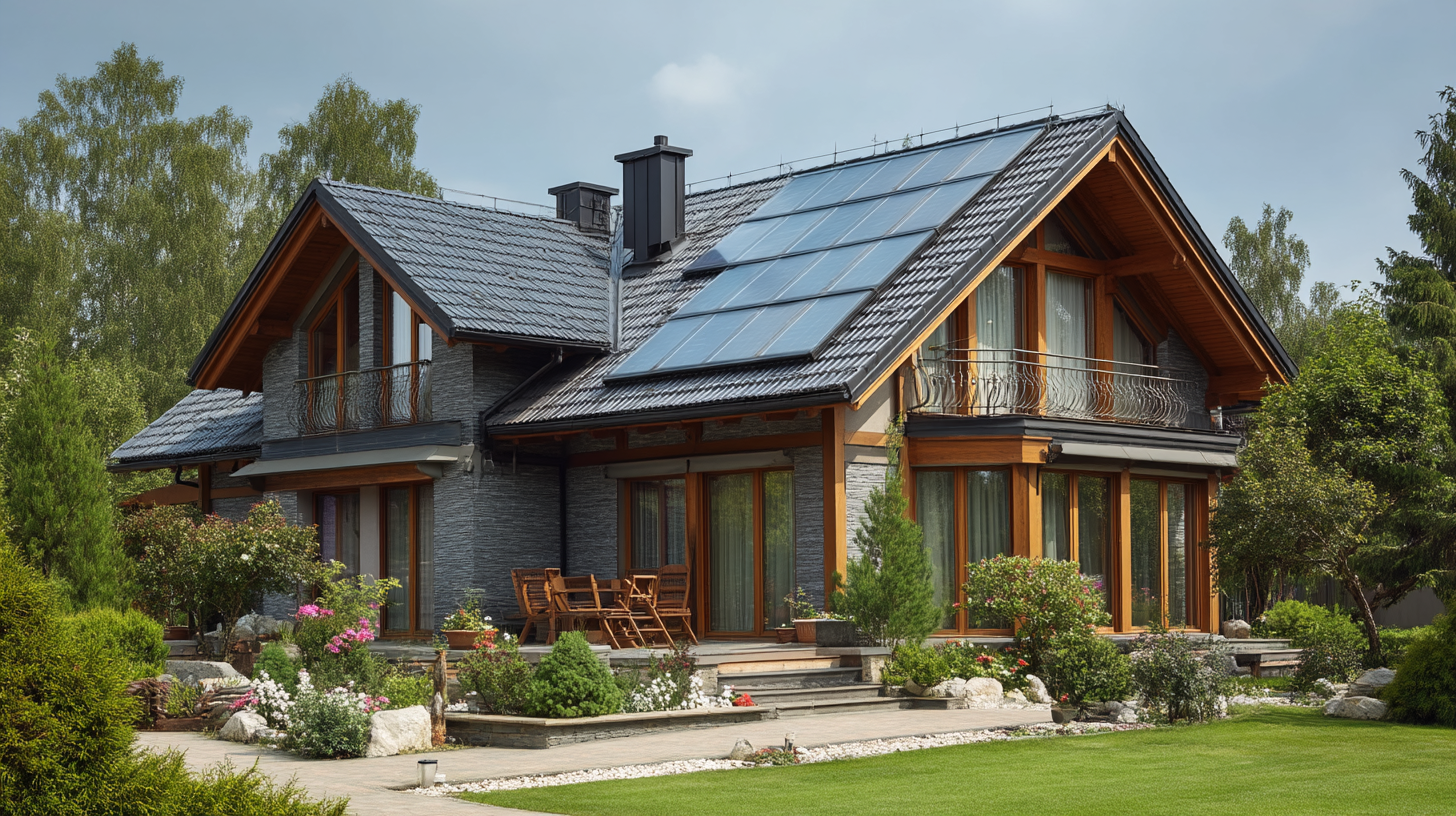
Integrated Architecture & Engineering for Code Compliance
At GSDE, we don’t treat Title 24 as an afterthought. From schematic design onward we bake in energy, structural, mechanical, and electrical coordination so your project meets standards by design.
Energy Modeling & Compliance Strategy
We run both prescriptive and performance models early, comparing trade-offs, system options, and cost implications under 2025 vs 2022 code. This gives you clarity on the true cost of compliance and net value.
Historic & Existing Building Expertise
Restoration, adaptive reuse, or additions to historic buildings bring complexity with the California Historical Building Code and California Existing Building Code. We help evaluate which compliance path to use (historic alternative, prescriptive, performance) and assist liaising with review authorities.
Permitting & Documentation Support
We prepare all compliance documentation, forms, energy reports, and submissions under Title 24, ensuring you satisfy local jurisdiction demands. We also monitor local jurisdictions’ adoption of the 2025 code, local ordinances, and manage notification subscriptions or updates for your project. Our online portals allow you to save form progress and manage submissions efficiently, reducing delays caused by loading or incomplete documentation.
Common Mistakes & How to Avoid Them
Waiting Too Late for Code Coordination
Many design teams wait until late-stage design to run energy models. Under the 2025 code, that often leads to redesign and cost overruns.
Undersizing Electrical Infrastructure
Without planning for EV charging, solar, or battery panels, you risk costly utility upgrades or failing to comply with required California Electrical Code provisions in Title 24.
Ignoring Historic or Existing Building Paths
If your project touches a historic structure or uses an existing building, using the wrong code path can block your project. You need expert navigation of California Historical Building Code and California Existing Building Code.
Misjudging Performance Path Trade-Offs
The performance method allows flexibility, but it demands careful calibration. Overly aggressive glazing, poor orientation, or inadequate insulation can blow your compliance margin under the 2025 Energy Code.
FAQs – California Building Code Title 24 (2025 Edition)
When is the effective date for the 2025 California Building Standards Code?
The code becomes effective January 1, 2026. Projects submitted after that must comply. Until then, the 2022 California Building Standards Code remains in force.
What is the “2022 California Building Code” in this context?
That refers to the existing triennial edition of Title 24 (adopted July 2022, effective January 1, 2023). It includes the California Building, Residential, Electrical, Mechanical, Plumbing, Energy, Green Standards, and more.
Does this apply to remodels or additions?
Yes, if you modify envelope, mechanical systems, or significant structural elements, you’ll often need to comply under Title 24 and possibly the California Existing Building Code.
What is the difference between California Residential Code vs California Building Code?
California Residential Code (CRC / Part 2.5) handles one- and two-family dwellings with provisions specific to small residential scale. The California Building Code (CBC / Part 2) addresses larger buildings and complements other Title 24 parts.
How does California Historical Building Code (Part 8) help my older home?
If your structure qualifies under historical designation, you can leverage alternative rules for restoration, preservation, or rehabilitation under the California Historical Building Code to ease strict compliance.
What is the 2025 California Existing Building Code (Part 10)?
It regulates alterations, additions, and change of occupancy for existing structures. The new 2025 edition includes integration of Historical Building Code rules and multiple compliance paths (prescriptive, work area, performance).
How can I search California building codes or Code Title 24?
You can access the published California Building Standards Code (Title 24 CCR) through state agencies and government websites. Many local jurisdictions also publish local amendments and ordinances to codes. Navigation tools like arrow slideshow and close arrow buttons help users explore complex code documents and matrix adoption tables.
Do local ordinances override state code?
Local jurisdictions and city governments can adopt stricter provisions under local ordinances, but they cannot reduce or waive mandatory state code minimums. Always check the adopted local amendments.
Conclusion & Next Steps
The transition to the 2025 Title 24 California Building Standards Code marks one of the more significant updates in the state’s building regulations. It raises the bar for energy efficiency, electrification readiness, and sustainability while preserving paths for historic and existing buildings.
At GSDE, compliance isn’t a bolt-on afterthought, it’s built into every step of design. Whether you’re planning a new custom home, an ADU, or a multifamily development, we help you manage risk, optimize performance, and navigate Title 24, the California Building Code, the California Energy Code, Historical Building Code, Existing Building Code, and CALGreen.
#NAICS’s:
- 541310 Architectural Services &
- 541330 Engineering Services
DUNS NO:
- 119132267
#SIC’s
- 8712 Architectural Services &
- 8711 Engineering Services
Cage #
- 9R4L5
#UNSPSC’s:
- 81101500, 81101502, 81101505, 81101508, 81101526, 81101533, 81101522

